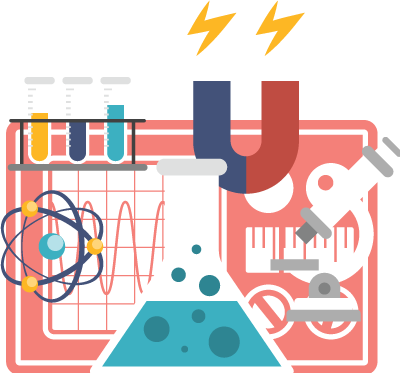Material science

Materials and data
Materials form the core of our industrialized society. Producing high quality materials is, however, not easy. Even for well-studied materials such as steel and silicon, continuous adaptations are made to adapt material properties to market demand. As a result, inevitable changes need to be continuously made to the production process. The resulting optimal process variables are, however, not always easy to obtain or even detect. Gathering, storing and analyzing image and sensor data, detecting anomalies and providing warnings to processing engineers can lead to significant gains in production efficiency. Matters become even more difficult when working with new materials, where often many details of the materials properties are not known. Both analytical and predictive models can offer an important tool to help guide the development process. One important example is virtual screening, allowing us to traverse large combinatorial spaces using machine learning methods. Below we discuss some examples of how we can apply machine learning to materials.
Image analysis and anomaly detection
One of the most important innovations in the last few years is the ability to automatically process images using deep learning. In the field of materials science this offers many possibilities for automated image processing, both during production and R&D. Images can be classified with respect to materials type, content or quality. Image segmentation offers the ability to detect and highlight specific subsections within the material, for instance to determine the ratio of materials subtypes within the image. Based on object detection methods, anomalies can also be detected and highlighted to help process engineers detect when something is going wrong in the production process.

Virtual screening

The hunt for new and improved materials can be long and difficult, often requiring large R&D budgets to fund extended experiments. Virtual screening methods offer the possibility to quickly navigate difficult combinatorial spaces based on limited experimental data. By optimizing the sampling within the space, predictive machine learning models can be construed to guide future experiments. In the case of new material development, atomistic deep learning methods offer the potential to create advanced structure-property models capable of predicting materials properties even before synthesis.